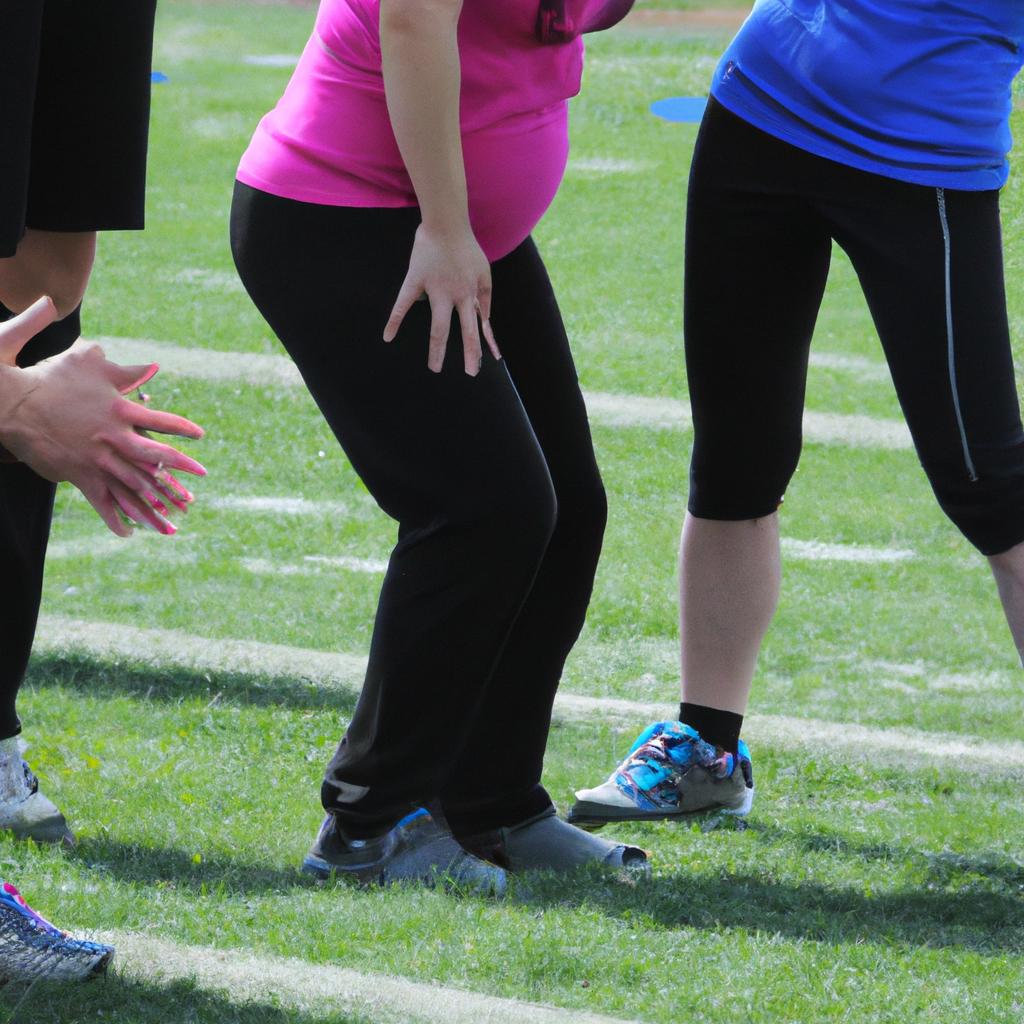**”Dynamic Warmups for Injury Prevention in Youth Sports: Best Practices for Coaches and Parents”**
## Dynamic Warmups for Injury Prevention in Youth Sports: Best Practices for Coaches and Parents
Youth sports participation has significant benefits, including physical fitness, social interaction, and the development of life skills. However, the risk of injury remains a concern for many young athletes. One effective way to mitigate this risk is through dynamic warmups. These warmups not only prepare the body for physical activity but also significantly reduce the likelihood of injuries. This blog post will explore best practices for coaches and parents regarding dynamic warmups, including exercise advice, nutrition tips, and health benefits.
## The Importance of Dynamic Warmups
Dynamic warmups involve active movements that increase heart rate, improve blood flow to muscles, and enhance flexibility. Unlike static stretching, which can temporarily weaken muscles, dynamic warmups engage the muscles in a functional manner, enhancing performance.
### Benefits of Dynamic Warmups
1. **Increased Mobility**: Dynamic warmups help improve range of motion in joints, which is essential for athletic performance.
2. **Enhanced Blood Flow**: These activities elevate heart rates and improve circulation, ensuring that muscles are well-oxygenated and ready for exertion.
3. **Reduced Injury Risk**: Research has shown that athletes who perform dynamic warmups experience fewer injuries compared to those who skip this essential step.
## Exercise Advice for Dynamic Warmups
Implementing effective dynamic warmup routines requires a structured approach. Here are some recommended exercises that coaches and parents can incorporate:
### Basic Dynamic Warmup Exercises
1. **High Knees**: This exercise involves jogging in place while lifting knees toward the chest. It activates the hip flexors and improves cardiovascular readiness.
2. **Butt Kicks**: Jogging while kicking your heels towards your glutes helps engage hamstrings and improve overall leg strength.
3. **Lateral Lunges**: Step out to the side into a lunge position, alternating sides. This exercise promotes lateral mobility, which is particularly important for sports that involve side-to-side movement.
4. **Arm Circles**: Small to large circles with the arms can help warm up the shoulder joints and prepare them for throwing sports.
5. **Leg Swings**: Swinging one leg forward and backward while holding onto a stable object improves hip flexibility and stability.
### Structuring a Dynamic Warmup Routine
A well-structured dynamic warmup should last about 10-15 minutes, covering multiple muscle groups and movements. Coaches can start with light aerobic activities before transitioning into more sport-specific drills. For instance:
1. **5 minutes of light jogging or skipping** to raise the heart rate.
2. **5-10 minutes of dynamic exercises**, focusing on mobility and muscle engagement.
3. **Finish with sport-specific movements**, such as dribbling for basketball or footwork for soccer.
## Nutrition Tips for Young Athletes
Proper nutrition plays a crucial role in injury prevention and overall athletic performance. Here are key nutrition tips for young athletes:
### Pre-Workout Nutrition
1. **Hydration**: Ensure that young athletes are well-hydrated before starting their warmup and practice. Water or electrolyte drinks can be beneficial.
2. **Balanced Snacks**: A light snack rich in carbohydrates and protein, such as a banana with peanut butter or a yogurt with granola, can provide the necessary energy for workouts.
### Post-Workout Nutrition
1. **Recovery Meals**: After sports activities, refueling with a balanced meal containing protein, healthy fats, and carbohydrates is essential. Consider whole-grain sandwiches with lean meats or a smoothie with fruits and protein powder.
## Health Benefits of Dynamic Warmups
Incorporating dynamic warmups into sports routines offers a myriad of health benefits beyond injury prevention. These include:
1. **Improved Performance**: Properly warmed-up muscles function more efficiently, leading to enhanced athletic performance.
2. **Mental Readiness**: Engaging in a routine helps young athletes focus and mentally prepare for the challenges of the game.
3. **Long-Term Health**: Establishing a habit of warming up can cultivate a lifelong appreciation for fitness and well-being among young athletes, promoting overall health.
## Conclusion
Dynamic warmups are a vital component of injury prevention for young athletes participating in sports. By implementing structured exercise routines, focusing on proper nutrition, and understanding the numerous health benefits, coaches and parents can significantly enhance their children’s athletic performance while minimizing the risk of injuries. Ultimately, fostering a culture of safety and preparedness in youth sports will benefit both the physical and mental well-being of young athletes.















Post Comment